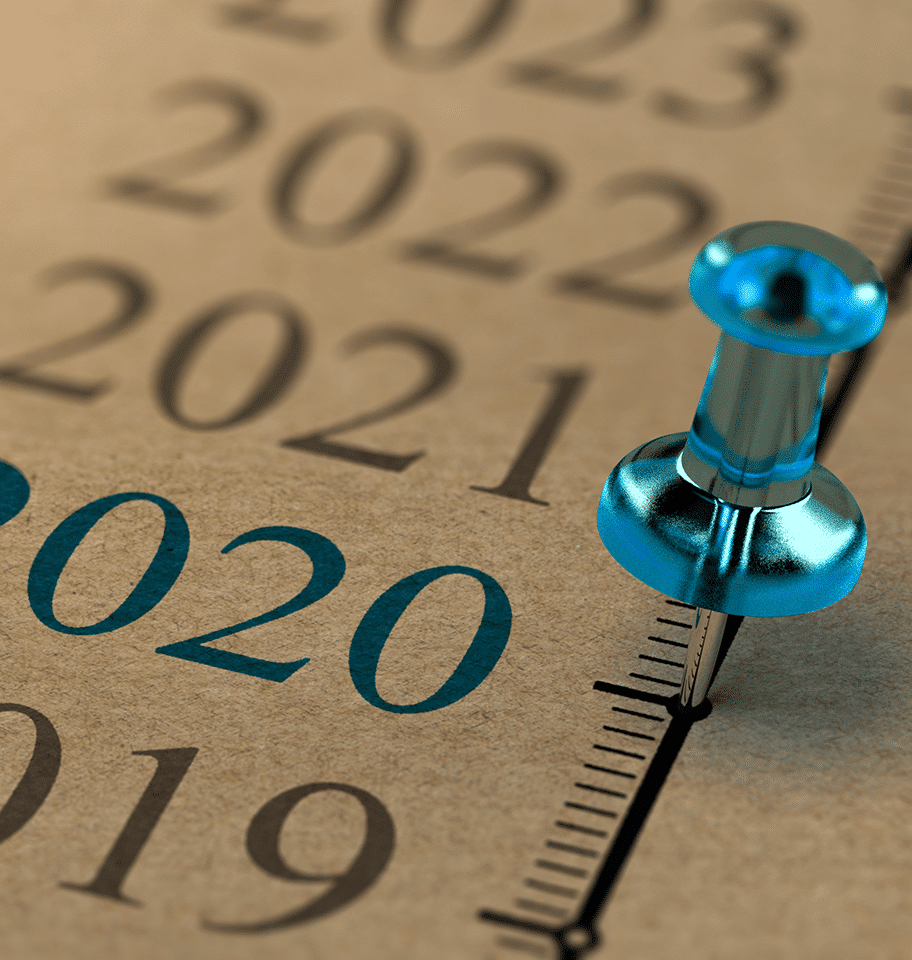The History of the OATC
Founded in 2010, members of the OATC worked diligently to make it easier for viewers to log into TV Everywhere offerings using their cable subscription credentials.
Timeline
From 2011 to 2019, the OATC worked on technology solutions enabling consumers easier access to streaming video content through their cable subscriptions on devices other than their TV.
Pioneering Authentication Deployments & Trials
First Use Case Document Completed & Released
Decision to Form a Technical Standards Organization
OATC Incorporated
First OATC Board Meeting
First Annual OATC Member Meeting
Public Website Launched
Live TVE Signaling and Resource Use Monitoring (RUM) WGs Formed
Open Multimedia Authorization Protocol (OMAP) 1.0 Published
Second Annual OATC Member Meeting
TVE Usability WG Launched
Live TV Signaling Recommended Practice and SCTE Collaboration Launched
Metadata Feed Recommended Practice Released
Third Annual OATC Member Meeting; 45 Day Plan Initiative Launched
Extended Authentication Session Experience, Home Based Authentication, TVE Content
Search & Navigation, Social Login, Authentication Measurement, Authentication, Error Handling, and Marketing WGs Launched
Online Resource Usage Monitoring (RUM) Specification Released
Usability Testing Completed
Social Login for MVPDs Recommendation Practice Released
Authentication Conversion Funnel for Content Programmer's Apps and Sites Recommended Practice Released
Error Messaging for TV Everywhere Authentication and Authorization Recommended Practice Released
Home-Based Authentication (HBA) Recommended Practice Released
Fourth Annual OATC Member Meeting
HBA Workshop Held in Chicago for Members and Non- members
Home-Based Authentication User Experience Guidelines for TV Everywhere Recommended Practice
Usability Recommendations For TV Everywhere Recommended Practice
Fifth Annual OATC Member Meeting
Board Decides to Wind Down the OATC and Selects the Streaming Video Technology Alliance as the Future Home for OATC Technical Documents
SVTA Absorbs the OATC Assets and Establishes the OATC Microsite To Make All OATC Documents Available In Perpetuity
OATC Is Awarded A Technical Emmy For Work Done Towards SCTE-224

The Years in Review
2009-2010
2011-2012
After completing the initial AuthN and AuthZ use cases it came to the OATC members’ attention that a parallel effort with a very similar SAML-based solution was in development by the Cablelabs organization. The OATC Board decided to reach out and coordinate the AuthN specification to avoid duplication of efforts. The OATC then focused on developing its own Multimedia Authorization spec based on the OpenID and Oauth standards which culminated in the publishing of the OMAP Open Multimedia Authorization Protocol in 2011.
The OMAP specification addresses Authorization – the process of granting or denying access to protected media content. It defines the architecture, protocols and data formats needed to build and deploy interoperable systems that authorize access to protected media content on any Internet-connected device. Various authentication methods, such as SAML 2.0, may be used as needed in conjunction with this specification
This specification is compliant with the Oauth 2.0 protocol. Oauth 2.0 provides support for both browser and native applications, is natively RESTful with a strong developer framework support, and has broad and growing industry adoption.
While the OMAP spec was forward looking and based on then emerging Oauth 2.0 standards, it has remained mostly a theoretical spec as most of the OATC participants had already deployed SAML based solutions for Authentication and could not justify the time and expense to re-work existing systems to conform to the OMAP standard. However, as the TVE ecosystem matures and provides parental control capabilities where access may be granted or denied to different program rating levels or to specific programs, the Authorization capabilities of OMAP may yet see commercial deployment.
2013-2014
2015
2022
The OATC was awarded a Technical Emmy for work contributed to the SCTE-224 ESNI standard. Because the OATC no longer existed, the Streaming Video Technology Alliance accepted the award in its stead.
